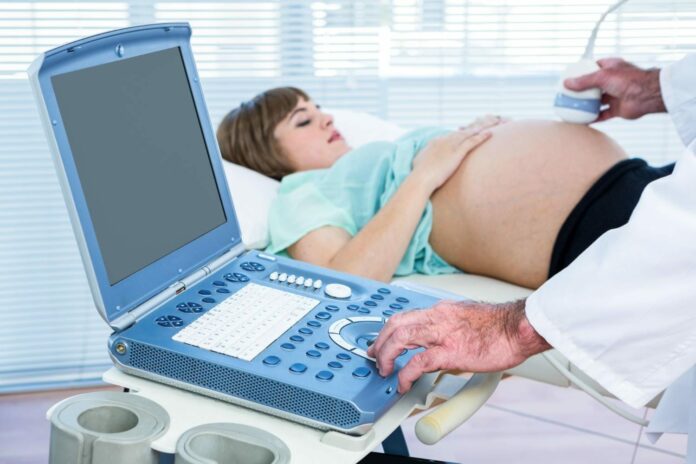Researchers at the University of Illinois have developed a new ultrasound method that can predict the risk of premature birth as early as 23 weeks into a pregnancy. This breakthrough, resulting from over 20 years of collaboration between nursing and engineering researchers, measures microstructural changes in the cervix.
The current method relies on a woman’s history of premature births, making it challenging to assess the risk in first-time pregnancies. The research offers a promising solution to identify and address premature birth risks in the early stages.
Lead author Barbara McFarlin, a professor emeritus of nursing at UIC, explained, “Today, clinicians wait for signs and symptoms of a preterm birth,” such as a ruptured membrane. Our technique would help make decisions based on the tissue, not just symptoms.”
In a study of 429 women at the University of Illinois Hospital, a new ultrasound method effectively predicted the risk of preterm births in first-time pregnancies. Combining data from quantitative ultrasound with delivery history proved more effective for subsequent pregnancies than relying solely on record.
Unlike traditional ultrasounds, this new method analyzes radio frequency data to determine tissue characteristics. The research, initiated in 2001, addresses a gap in understanding cervix appearance differences in preterm women, bringing a quantifiable approach to the field.
For 22 years, a nursing researcher, Barbara McFarlin, collaborated with Bill O’Brien, an electrical and computer engineering professor at UIUC. Together, they discovered that quantitative ultrasound could detect changes in the cervix and predict the risk of preterm delivery.
With preterm birth affecting 10-15% of pregnancies, the lack of early assessment tools has been a challenge. Knowing the risk at 23 weeks could prompt extra monitoring by clinicians. The study allows researchers to explore interventions that may help prevent or delay preterm birth.
This breakthrough study showcases the transformative potential of ultrasound technology in predicting the risk of preterm births. The collaboration between nursing and engineering researchers highlights the effectiveness of quantitative ultrasound. It sets the stage for future investigations into proactive measures for maternal and fetal well-being.
Journal reference:
- Barbara L. MCFARLIN, Michelle VILLEGAS-DOWNS et al., Enhanced Identification of At-Risk Women for Preterm Birth via Quantitative Ultrasound: A Prospective Cohort Study. American Journal of Obstetrics & Gynecology. DOI: 10.1016/j.ajogmf.2023.101250.
